Regional Holcim Awards 2011 for Africa Middle East
By Bustler Editors|
Friday, Oct 14, 2011
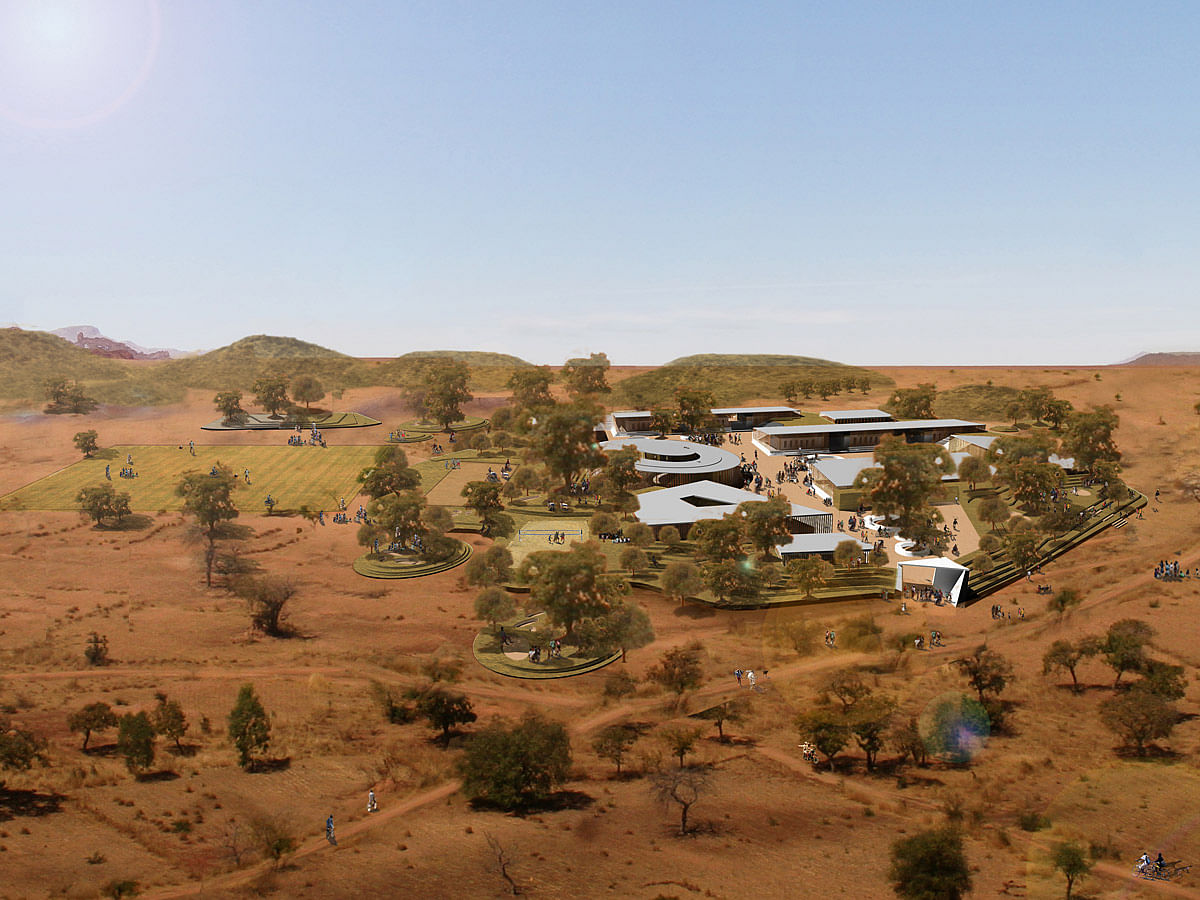
Related
In the last few days, we've published the winners of the Regional Holcim Awards 2011 for Latin America, as well as Europe. Here are now also the winning projects of the competition for sustainable construction projects and visions from Africa Middle East which had been announced recently at a ceremony in Casablanca, Morocco. A total of USD 300,000 was presented to ten remarkable projects submitted by architects, planners, engineers and project owners. The winning projects illustrate the broad scope of applying sustainable approaches in construction including school infrastructure, community renewal, urban redevelopment, and energy-efficient design.
A school project in Burkina Faso using only solar and wind power to cool the classrooms won the top prize of USD 100,000. Natural ventilation is used in an ingenious manner to maximize the cooling effect during oppressive summer heat – routing air through underground tubes, planting vegetation, and using double-skin roofs and façades to achieve a 5°C thermal reduction. The project creates an indoor climate conducive to learning, improves social conditions by providing jobs and training, and repairs the environment through reforestation. The design for the secondary school in the village of Gando on the dry tropical savanna was created by Germany-based architect Diébédo Francis Kéré, of Kéré Achitecture, who was the first person from the village to study internationally, and is also the son of the village headman.
Special Advisor of the UN Global Compact and founding member of the Holcim Foundation, Claude Fussler (France), commended the project for its broad approach towards enmeshing discrete sustainable aspects of the program into a comprehensive whole. “The school is constructed by the community and builds not only a physical structure that makes use of high-tech ideas that are implemented with low-teach means, but also creates a sense of identity and enhanced social cohesion,” he said.
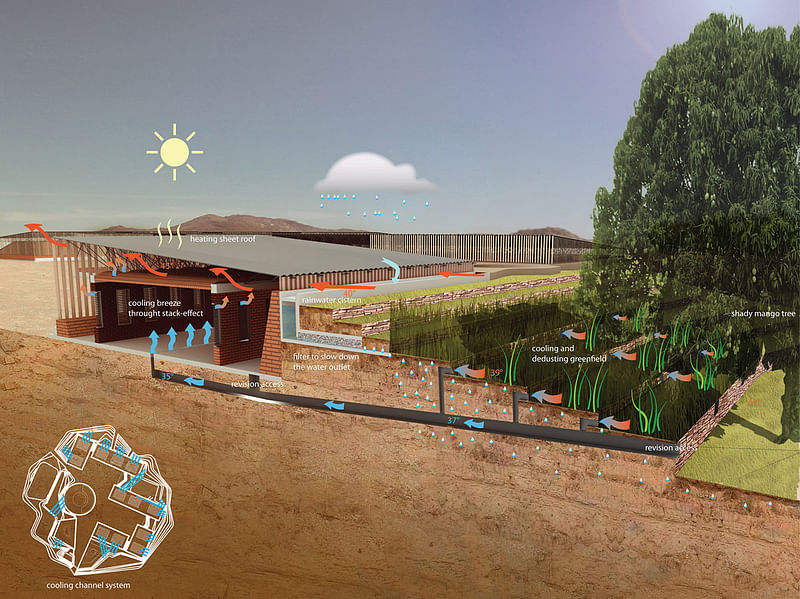
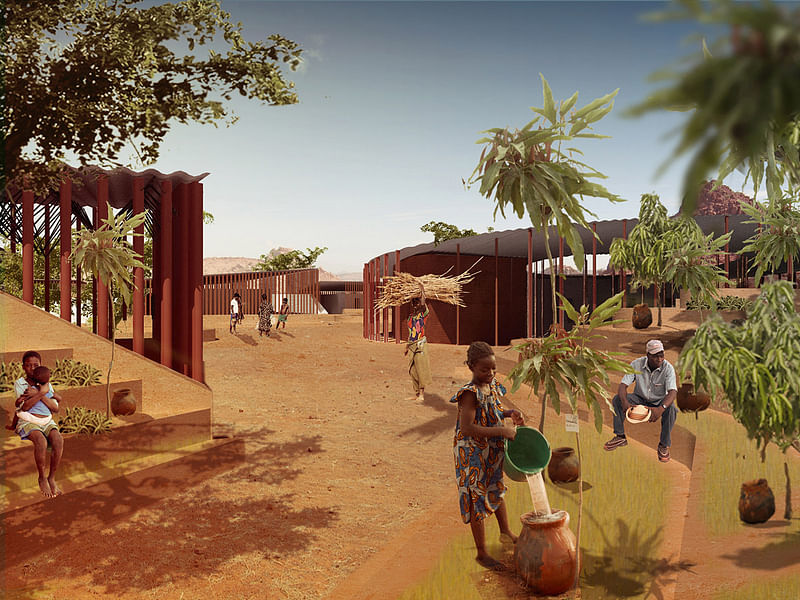
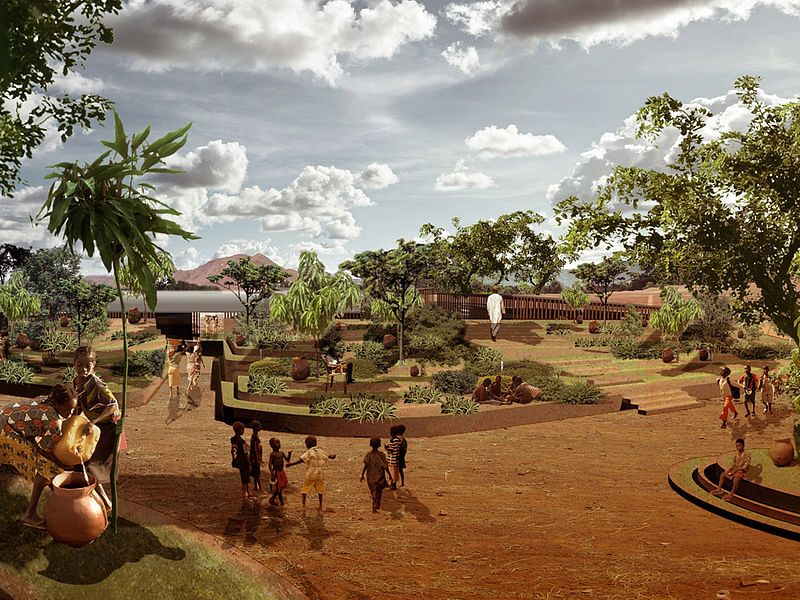
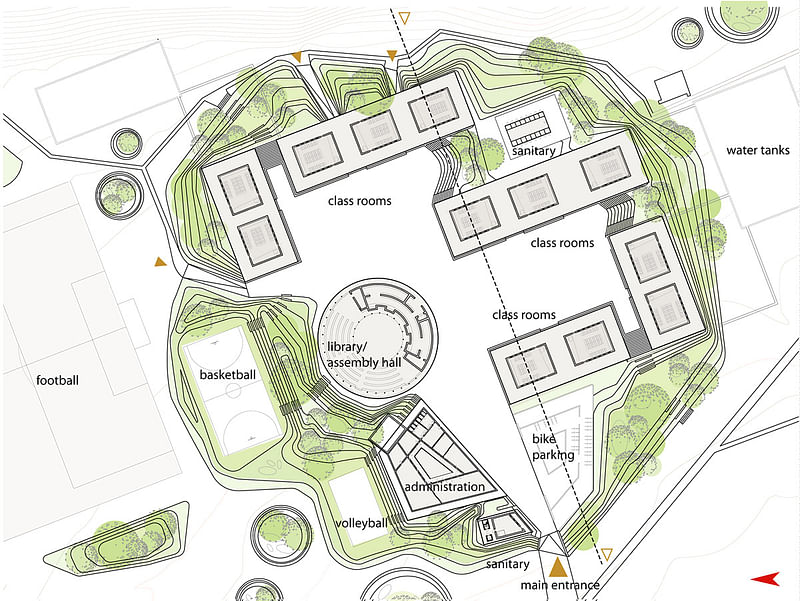
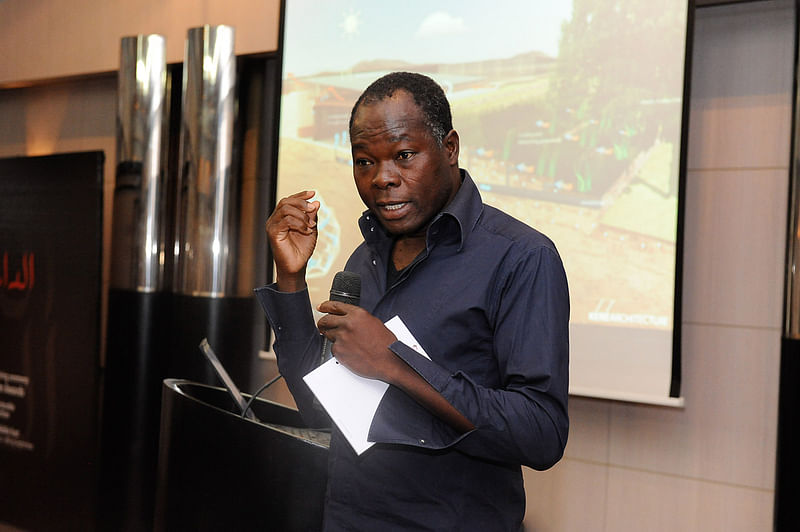
The Holcim Awards Silver was presented to a school project in Palestine. The refurbishment approach designed by Italian architects ARCò – Architettura e Cooperazione improves natural ventilation and thermal insulation, thus achieving climatic comfort and energy reduction. At the same time, it generates a positive impact on the students of the Bedouin community less than 10km east of Jerusalem. Traditional mud brick techniques are adapted by local artisans to improve thermal dynamics and reduce dependence on imported building materials. The approach to refurbish an inadequate existing structure uses well-directed and precise low-tech measures to create a functional educational unit, and the simplicity of the underlying concept and easy transferability make the project a remarkable blueprint.
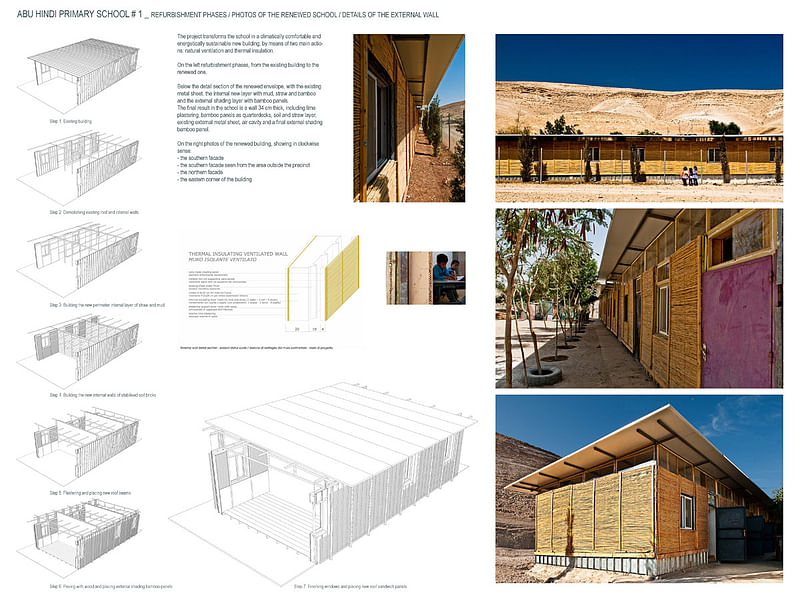

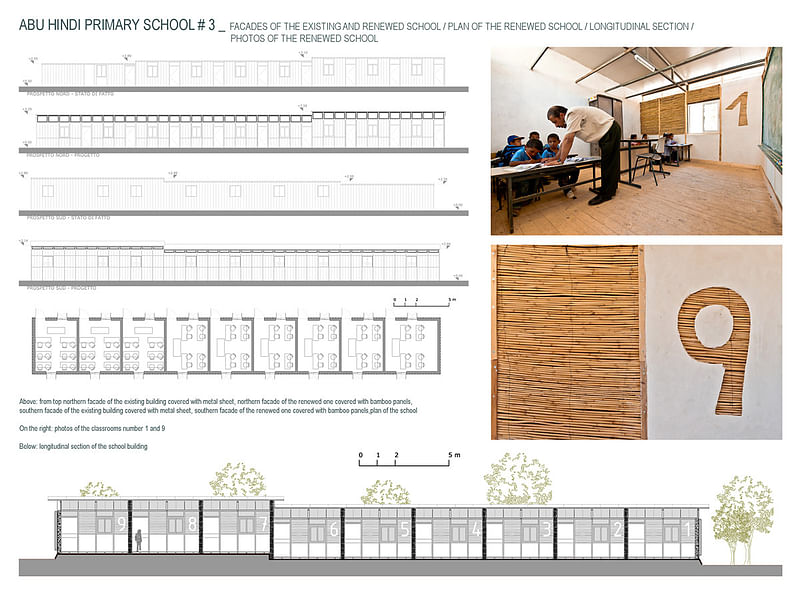
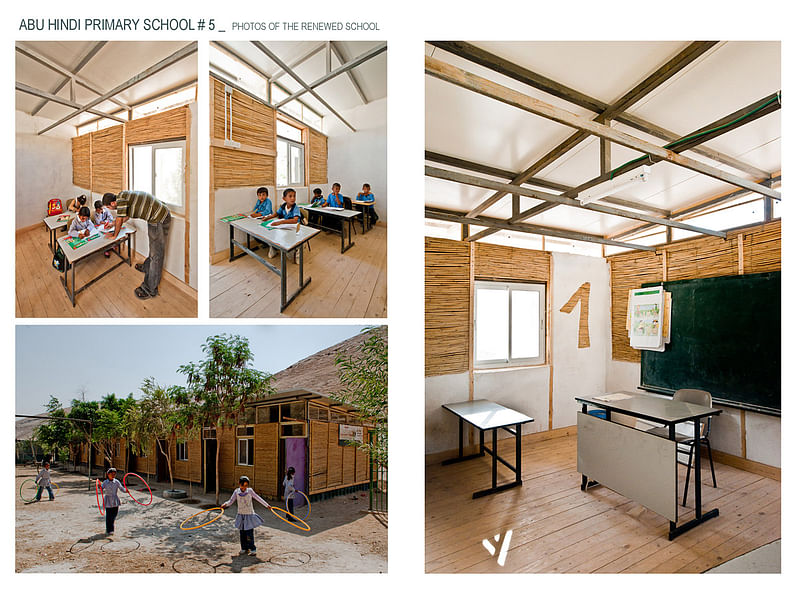

The design approach for a training center in Morocco led by a team of architects from Austria, Germany and Morocco received the Holcim Awards Bronze. The project in Marrakesh was commended for concentrating on the use of nearby resources including the local workforce and earth as the primary construction material. Design-inherent shading and natural ventilation are combined with modern technologies such as heat pumps and solar panels to demonstrate a range of sustainable construction techniques. The vocational training center enhances the future prospects of the youth in the area by providing practical education and vocational qualifications – and generates opportunities for employment using sustainable practices in the prospering construction sector.

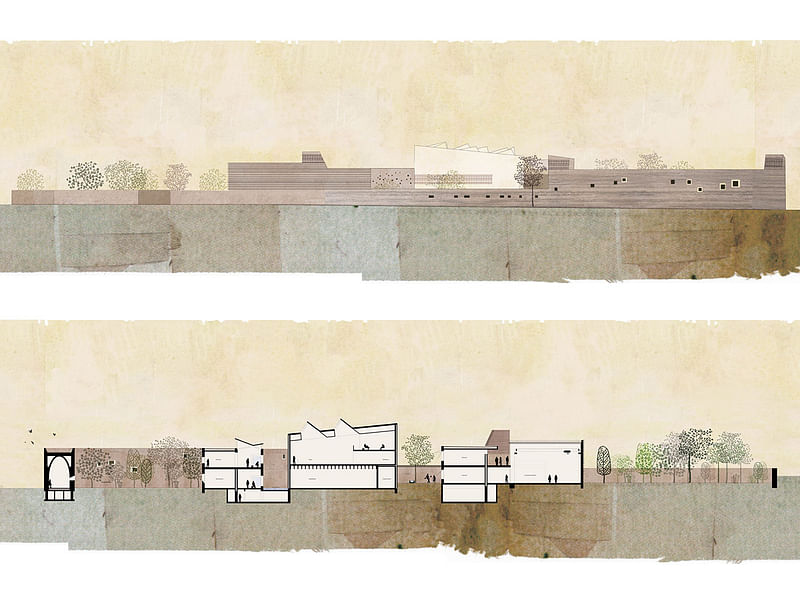
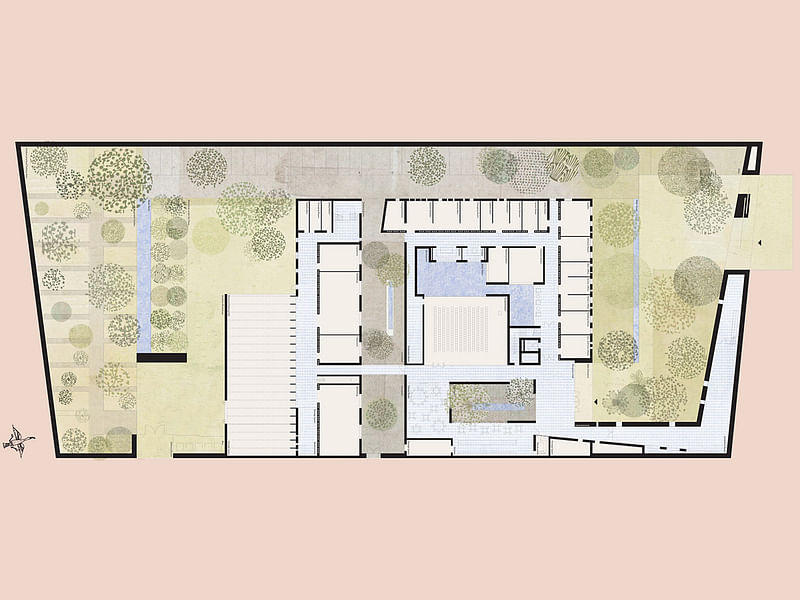
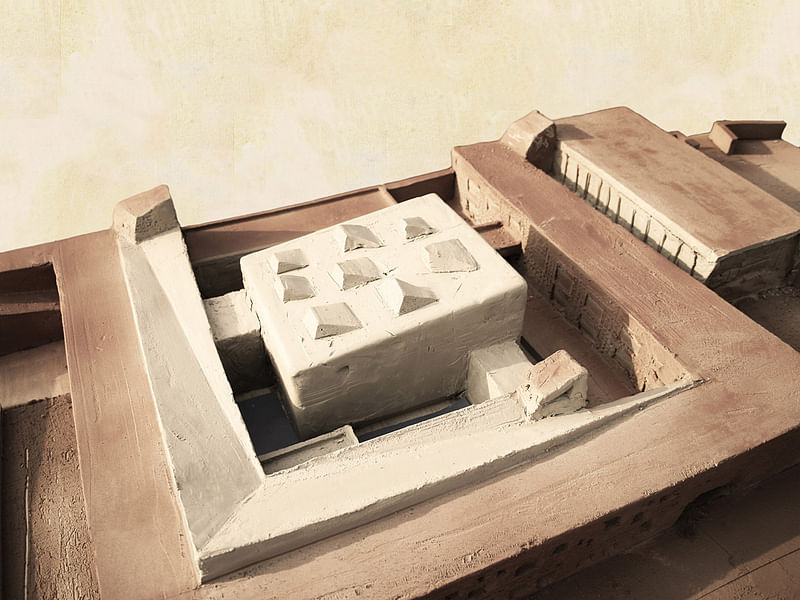

Acknowledgement prizes were allocated to an urban precinct reconstruction and rehabilitation project in Morocco led by mossessian & partners, United Kingdom, and a building materials research project using recycled plant-based agricultural waste in Nigeria by a consortium of universities in Nigeria and Switzerland. Acknowledgement prizes also went to a sustainable eco-tourism facility in Cape Town by South African architects Architecture co-op and a state-of-the-art mixed use building implementing holistic architectural design in the UAE led by Swiss architectural firm Bob Gysin + Partner.
The Holcim Awards competition recognizes the importance of engaging tomorrow’s professionals on the theme of sustainable construction, and sharing their visions and ideas at a conceptual level. The “Next Generation” category was open to student projects. The first prize was awarded to Calayde Aenis Davey of the University of Pretoria, South Africa, who proposed the adaptive re-use of a power station for urban agriculture. Second prize was conferred to a passive agriculture proposal for the floodplain of the Nile River in Ethiopia, developed by students of the University of Seoul, South Korea. The urban masterplan which proposed a culturally-sensitive redevelopment by Khalid El Jaouhari at ENA Rabat, Morocco received the third prize.
Competition submissions for projects in Africa Middle East were evaluated by an independent jury hosted by the Ecole Supérieure d’Architecture de Casablanca, in Morocco: Hashim Sarkis (Head of jury, Lebanon), Javier de Benito (Switzerland), Chrisna du Plessis (South Africa), Abderrafih Lahbabi (Morocco), Mphethi Morojele (South Africa), Amer Moustafa (UAE), Joe Osae-Addo (Ghana), Hans-Rudolf Schalcher (Switzerland), and Holger Wallbaum (Switzerland) used the “target issues” for sustainable construction developed by the Holcim Foundation to evaluate submissions. The “target issues” address the triple bottom line of economic, environmental, and social factors together with architectural quality and the potential to apply the innovation in other locations.
The Swiss-based Holcim Foundation for Sustainable Construction conducts the competition in five regions in parallel across the world. More than 6,000 submissions for projects located in 146 countries entered the Holcim Awards which aims to promote sustainable responses from the building and construction industry to technological, environmental, socioeconomic and cultural issues.
Check out images of the four Acknowledgement Prizes and three "Next Generation" Prizes in the image gallery below. All images courtesy of the Holcim Foundation.

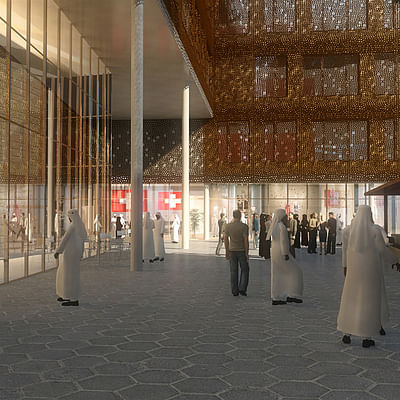
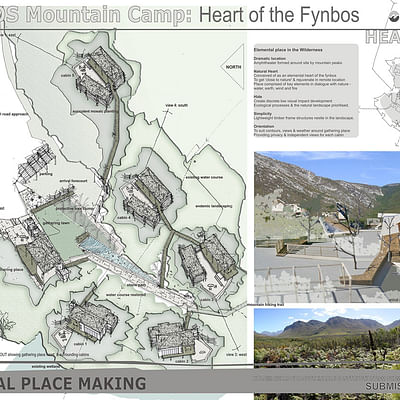

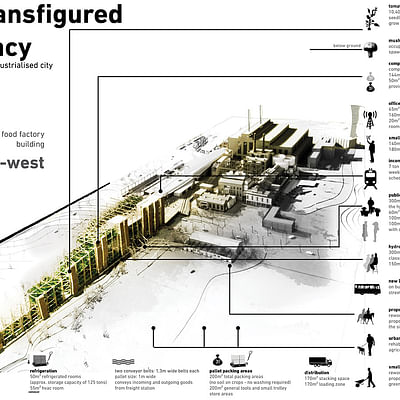

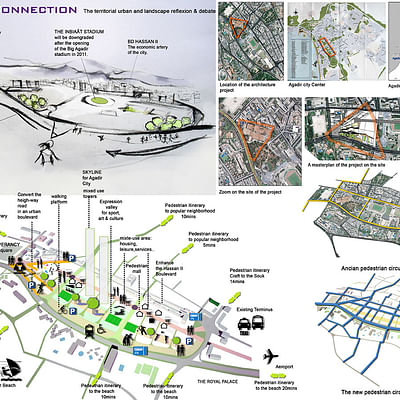

Share
0 Comments
Comment as :